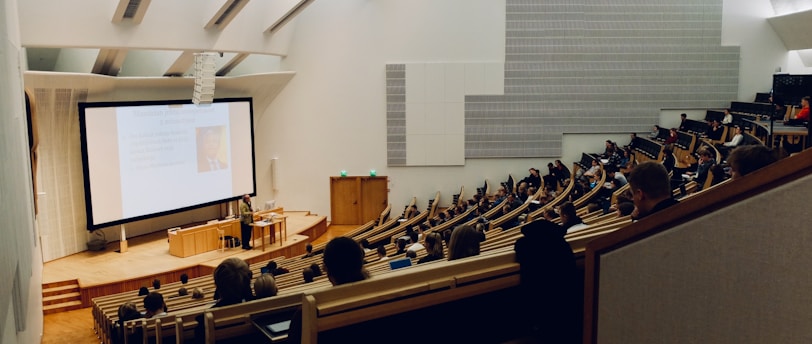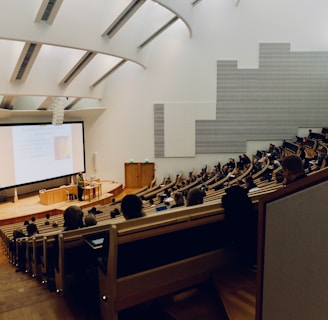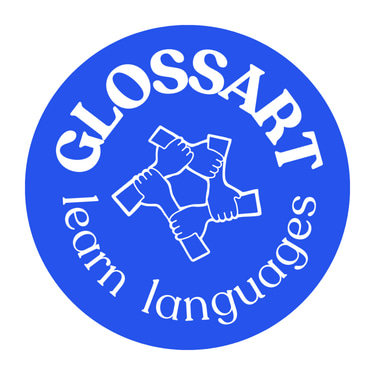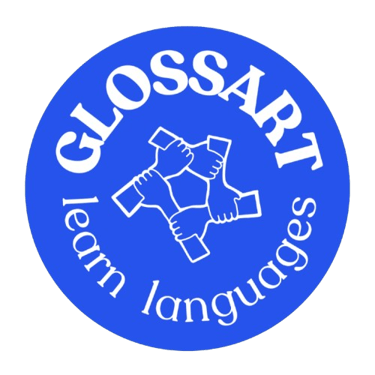Transform Your World with Language Learning at GlossArt Languages!
The Origins of Conference Interpreting: From History to Profession
At Glossart Languages, we love exploring how languages connect the world. In this article, we take you back to the birth of conference interpreting—from its early use at the Paris Peace Conference to the breakthrough moment at the Nuremberg Trials. Discover how this key profession evolved and laid the foundation for real-time multilingual communication as we know it today.
Evangelia Perifanou
6/27/20231 min read


🗣️ Conference Interpreting: The Origins
By Glossart Languages
Interpretation has been part of human interaction since the earliest days of spoken language. From ancient diplomacy to modern-day negotiations, interpreters have always served as the vital bridge between cultures, beliefs, and languages.
But while the act of interpreting is age-old, conference interpreting—as we know it today—is a relatively recent profession. Its roots trace back to the Paris Peace Conference of 1919, marking the beginning of a new era in multilingual communication, especially within international institutions.
📍 From Consecutive to Simultaneous
In its early days, interpreting was performed consecutively—meaning the speaker would pause while the interpreter relayed the message. This remained the norm until one of history’s most defining moments reshaped the profession: The Nuremberg Trials (1945–1946).
⚖️ Interpreting at the Nuremberg Trials
Held in post-war Germany, the Nuremberg Trials aimed to prosecute major war criminals after WWII. With judges, prosecutors, and defendants speaking English, Russian, French, and German, seamless communication was essential. This multilingual environment created a logistical challenge that demanded a faster, more efficient interpreting method.
Enter: Simultaneous Interpreting.
For the first time on such a scale, interpreters worked in real time—listening, translating, and speaking at once—so that all parties could understand each other without delay. It was a game-changer.
📊 Fun Fact: For each language, there were
– 6 interpreters
– 12 translators
– 9 stenographers
over 210 trial days.
The event became known as “the trial of six million words.”
🌐 A Profession is Born
The success of simultaneous interpreting in Nuremberg set a new standard. Soon after, international organizations, such as the United Nations and later the European Union, adopted this method. The need for highly skilled interpreters sparked the creation of specialized training programs, professional codes of ethics, and industry standards.
Today, conference interpreters play a critical role in diplomacy, business, law, and beyond—bringing people together through the power of language.
At Glossart Languages, we honor the professionals who make global communication possible and celebrate the history that shaped this vital discipline.
📩 Need interpreting services or want to learn more about the profession? Get in touch—we speak your language.
#ByGlossartLanguages
#ConferenceInterpreting #SimultaneousInterpreting #LanguageProfessionals #GlossartBlog #LanguageLearningCommunity


